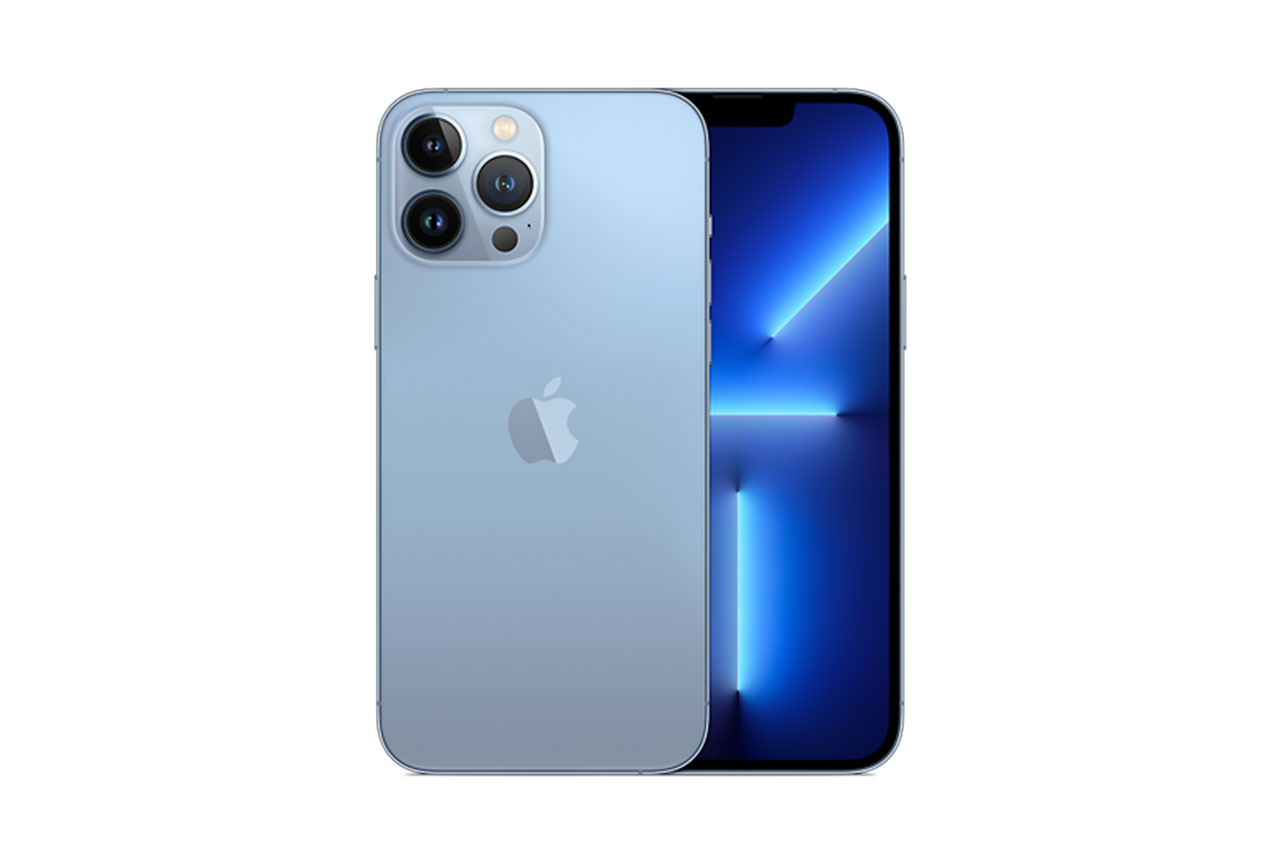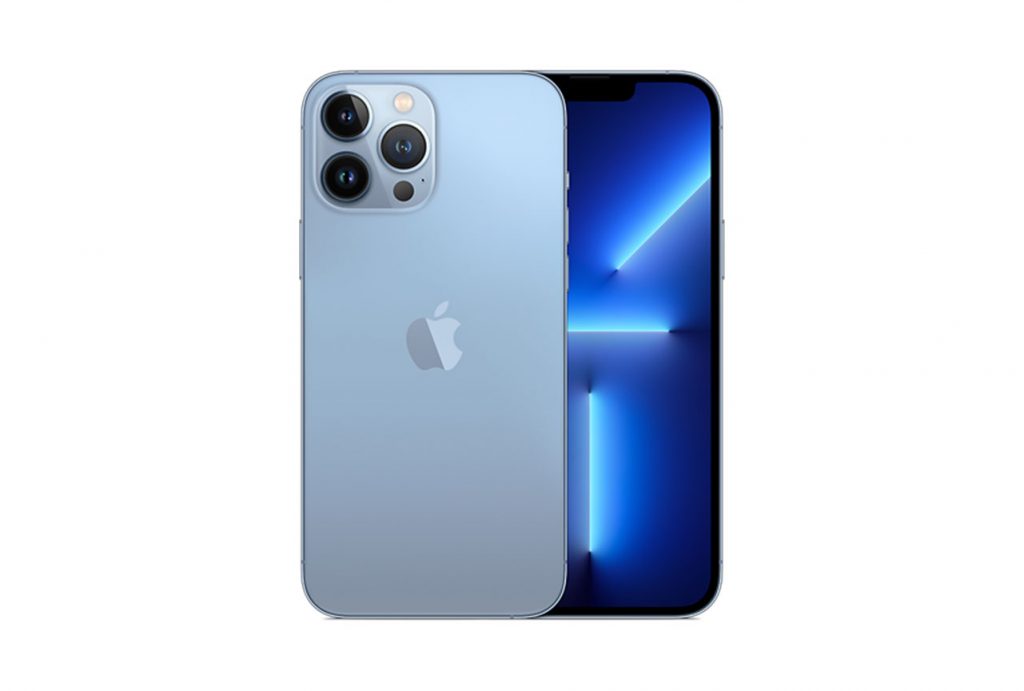The iPhone 13 Pro Max is the largest and most expensive model in Apple’s 2021 smartphone line-up and features a 6.7-inch Super Retina XDR display with 1284 x 2778 pixels resolution. Like the smaller iPhone 13 Pro, it is powered by Apple’s latest A15 Bionic chipset and comes with up to 1TB of internal storage.
Both models also use the same camera setup that now comes with a larger sensor and faster aperture in the primary cam, compared to last year’s 12 Pro and Pro Max models. On the ultra-wide sensor, size remains unchanged but there’s also a faster aperture plus a PDAF autofocus system versus the fixed-focus lens on the iPhone 12 series. On the tele camera, Apple has increased the reach, and the models now offer a 3x optical magnification compared to the primary camera.
Read on to find out how the all-new iPhone 13 Pro Max camera performed in our DXOMARK Camera tests.
Overview
Key camera specifications:
- Primary: 12 MP sensor, 1.9µm pixels, 26 mm equivalent f/1.5-aperture lens, sensor-shift OIS, Dual Pixel AF
- Ultra-wide: 12MP sensor, 13mm equivalent f/1.8-aperture lens, PDAF, 2cm macro
- Tele: 12 MP sensor, 77 mm equivalent f/2.8-aperture lens, OIS
- 3D sensor
- 4K at 24/25/30/60 fps, 1080p at 25/30/60 fps, HDR video recording with Dolby Vision
- Cinematic mode for recording videos with shallow depth of field (1080p at 30 fps)
Scoring
Sub-scores and attributes included in the calculations of the global score.

Apple iPhone 13 Pro Max


Use cases & Conditions
Use case scores indicate the product performance in specific situations. They are not included in the overall score calculations.
Outdoor
Photos & videos shot in bright light conditions (≥1000 lux)
Indoor
Photos & videos shot in good lighting conditions (≥100lux)
Lowlight
Photos & videos shot in low lighting conditions (<100 lux)
Friends & Family
Portrait and group photo & videos
 8th
8th
 8th
8th
Pros
- Accurate and repeatable target exposure
- Nice color and white balance
- Nice skin tones in most light conditions, even in complex backlit scenes
- Fast, accurate and repeatable autofocus
- Good detail in indoor and outdoor conditions
- Accurate and stable target exposure with fairly wide dynamic range in video
- Well-managed texture/noise trade-off in video
- Accurate white balance indoors and outdoors, smooth transitions in scene changes
- Good autofocus tracking and smooth refocusing
Cons
- Luminance noise on primary, ultra-wide and tele, especially in low light
- Limited dynamic range in challenging high contrast scenes
- Artifacts including flare, slight ringing, and color quantization
- Limited detail in long-range zoom shots
- Occasional pink white balance casts in some conditions and some white balance variations in videos
- Lens flare and ghosting, especially in low light video
- Some loss of texture in video, especially on faces in daylight and indoor conditions
- Sharpness differences between video frames and strong residual motion in video that is recorded while running
With the Apple iPhone 13 Pro Max and iPhone 13 Pro sharing the same rear camera specs and processor, it’s fair to assume the Apple iPhone 13 Pro Max results are very close to those of the iPhone 13 Pro in all conditions. We have confirmed this by putting the Apple iPhone 13 Pro Max through the complete DXOMARK Camera test protocol. Let’s have a look at a few examples.
In this backlit indoor scene, you can see that image results from the 13 Pro Max and 13 Pro are as good as identical. Both cameras manage good exposure on the subjects, but limited dynamic range means the sky in the background is clipped fairly heavily. Detail is good on the front subject, but the larger sensor in the new models comes with a slightly more limited depth of field. As a consequence, the subject in the back is out of focus.
The situation is very similar for this medium-range tele shot that was captured in low light. The two images are pretty much indistinguishable, with the same amount of noise and level of detail.
Like the 13 Pro, the 13 Pro Max comes with an excellent autofocus system. The camera focuses accurately and very quickly, thanks to a negative shutter lag; the image is captured even slightly before the shutter is triggered.
Our testers observed a very similar video performance to the 13 Pro, too, with the same exposure and color rendering as well as very similar video stabilization results.
Given the identical results, we are posting only this short article for the Apple iPhone 13 Pro Max. For the full set of sample images and measurements, as well as a complete analysis, please click on the link below and read the full review of the Apple iPhone 13 Pro.
Go to the Apple iPhone 13 Pro Camera review









DXOMARK invites our readership (you) to post comments on the articles on this website. Read more about our Comment Policy.